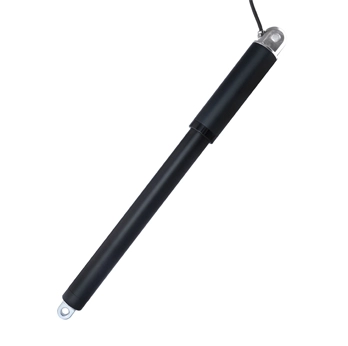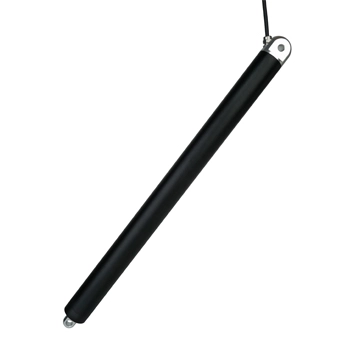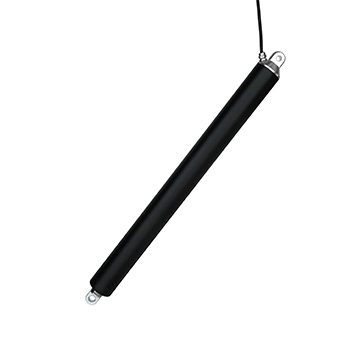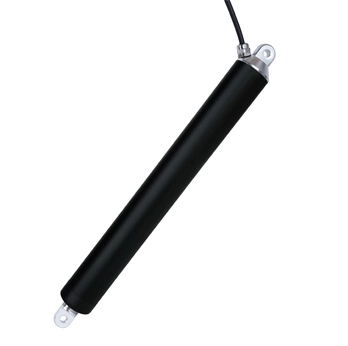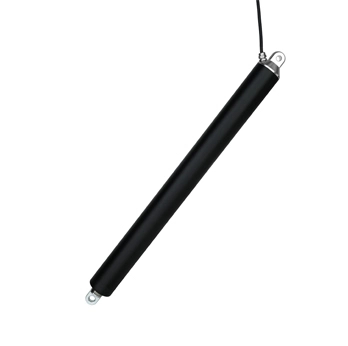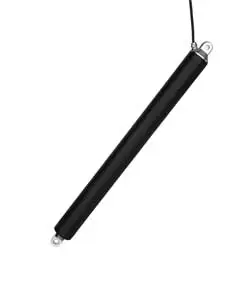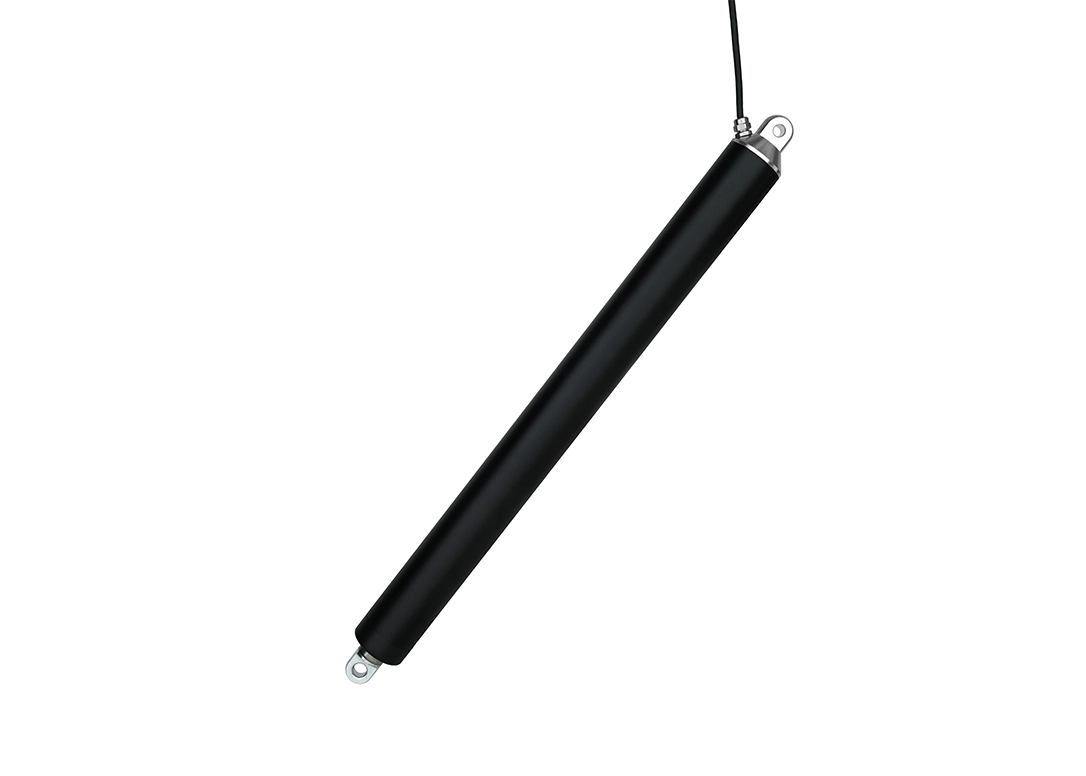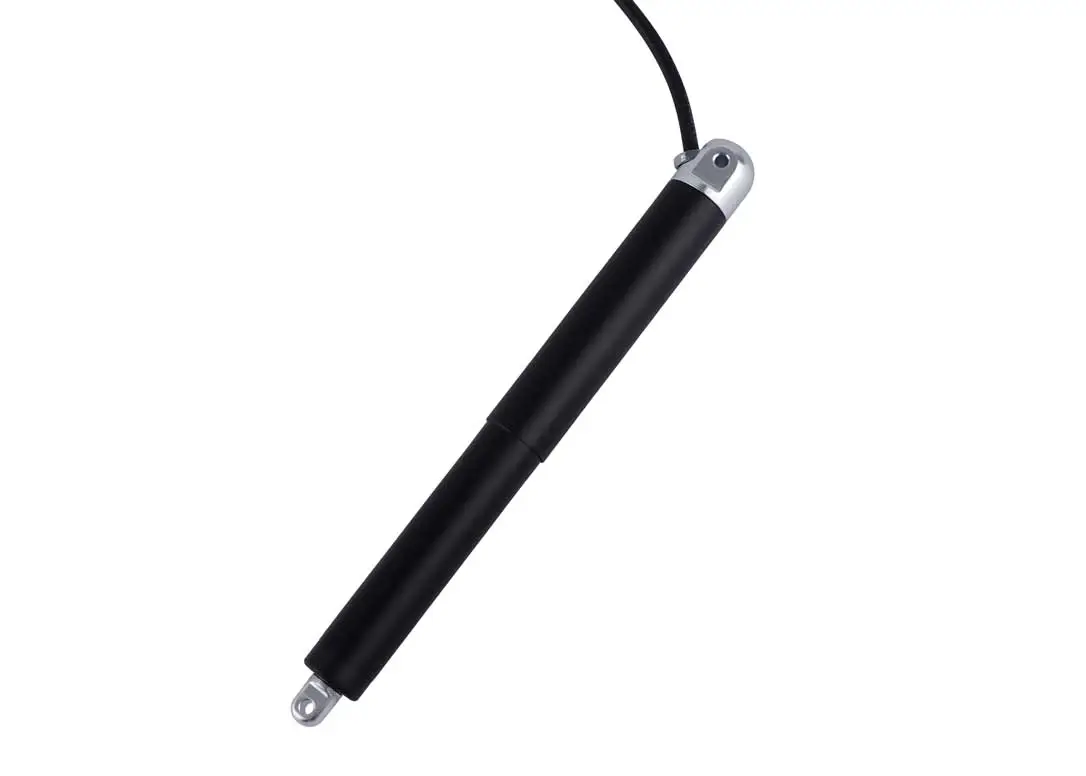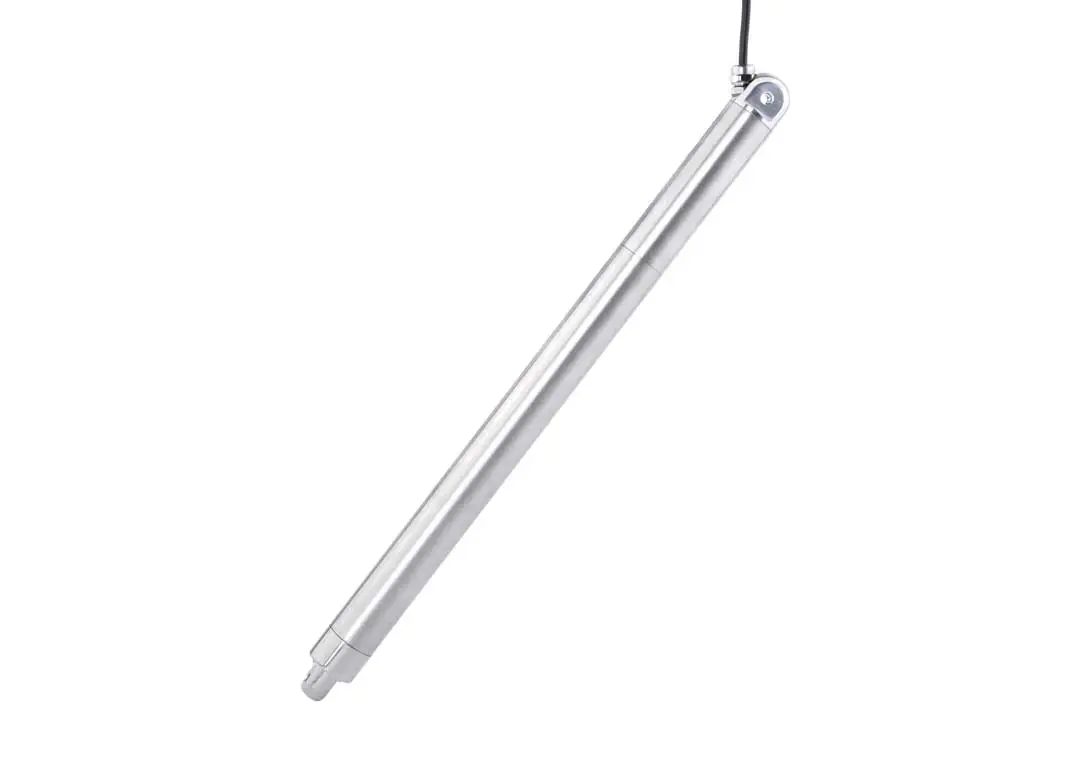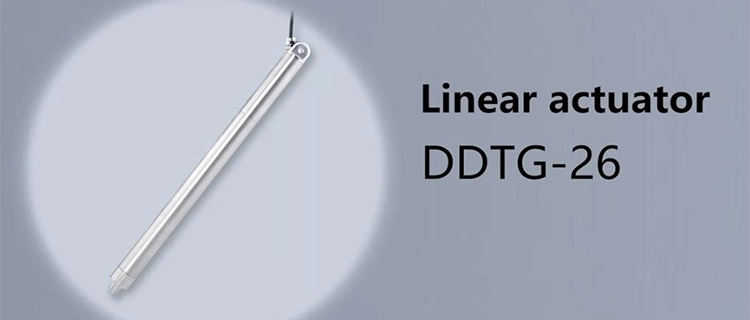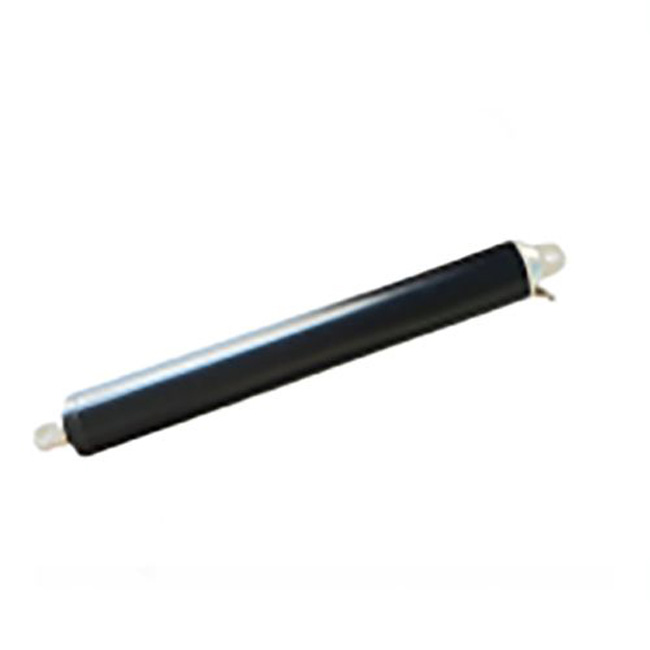
Tubular linear actuators are integral to the field of robotics, where precise and controlled motion is crucial for achieving a wide range of tasks. From industrial robots to humanoid robots, these actuators play a significant role in enabling robots to interact with their environment, perform complex movements, and carry out specific functions.
Precise Manipulation and Dexterity
Tubular linear actuators enable precise manipulation of objects in robotic systems. This capability is essential in applications such as pick-and-place operations, where robots need to grasp and move items with accuracy. Industries such as manufacturing, logistics, and warehouses benefit from robotic systems that can precisely handle products, reducing human labor and increasing efficiency.
Coordinated Movement
Coordinated movement is a fundamental requirement for many robotic tasks, and tubular linear actuators contribute to achieving this. Robots equipped with these actuators can execute synchronized and complex motions, making them suitable for applications like assembly lines, where multiple robots work together to assemble intricate products.
Mobility and Navigation
In mobile robots, such as autonomous vehicles and drones, tubular linear actuators are used for mobility and navigation. These actuators can control wheel movement, steering mechanisms, or other propulsion systems. This aspect is particularly important in fields such as logistics, agriculture, and exploration, where robots need to navigate varied terrains and environments.
Humanoid Robots
Tubular linear actuators are crucial in the development of humanoid robots that aim to replicate human-like movements. These actuators power joints and limbs, allowing robots to walk, gesture, and interact with the environment in a more natural manner. Humanoid robots have applications in research, entertainment, healthcare, and assistance, showcasing the potential of tubular linear actuator in creating lifelike robotic systems.
Rehabilitation and Healthcare
In the healthcare sector, robots with tubular linear actuators are used in rehabilitation and assistance applications. These robots can aid patients in regaining mobility, providing support during therapy sessions, and assisting with daily activities. Tubular linear actuators ensure smooth and controlled movement, enhancing patient comfort and rehabilitation outcomes.
Research and Exploration
Robots equipped with tubular linear actuators are essential tools for research and exploration in environments that are challenging or hazardous for humans. These robots can be deployed for tasks such as exploring remote locations, conducting scientific experiments, or inspecting hazardous areas. The precision and reliability of tubular linear actuators contribute to the success of such missions.
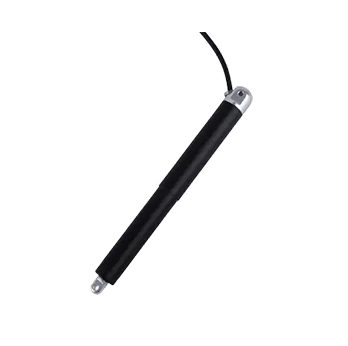 DDTG-16 Micro Tubular Linear Actuator
DDTG-16 Micro Tubular Linear Actuator
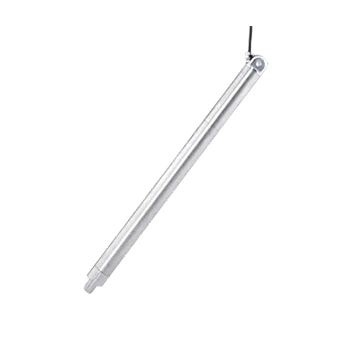 DDTG-28 Micro Tubular Linear Actuator
DDTG-28 Micro Tubular Linear Actuator
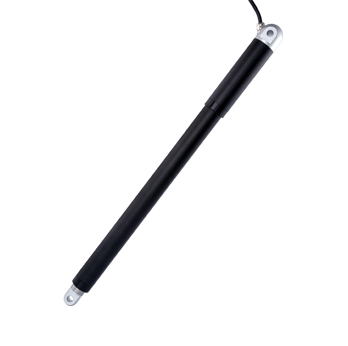 DDTG-38 Micro Tubular Linear Actuator
DDTG-38 Micro Tubular Linear Actuator

